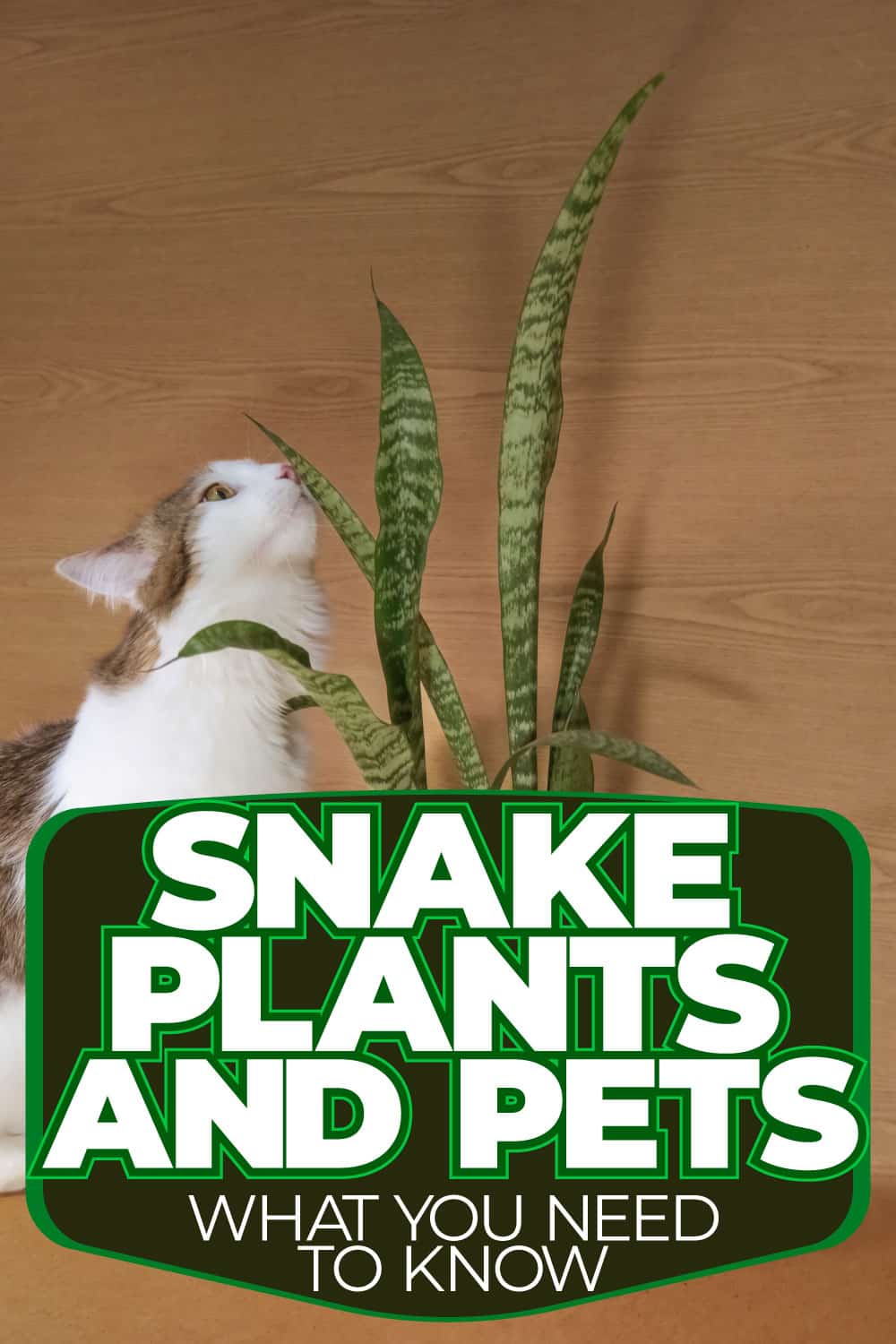Incorporating a collection of indoor plants into your home while ensuring it's a safe area for your pets is a must.
Indoor gardening often leads toward at least one snake plant in your collection due to their low-maintenance nature and air-purifying abilities.
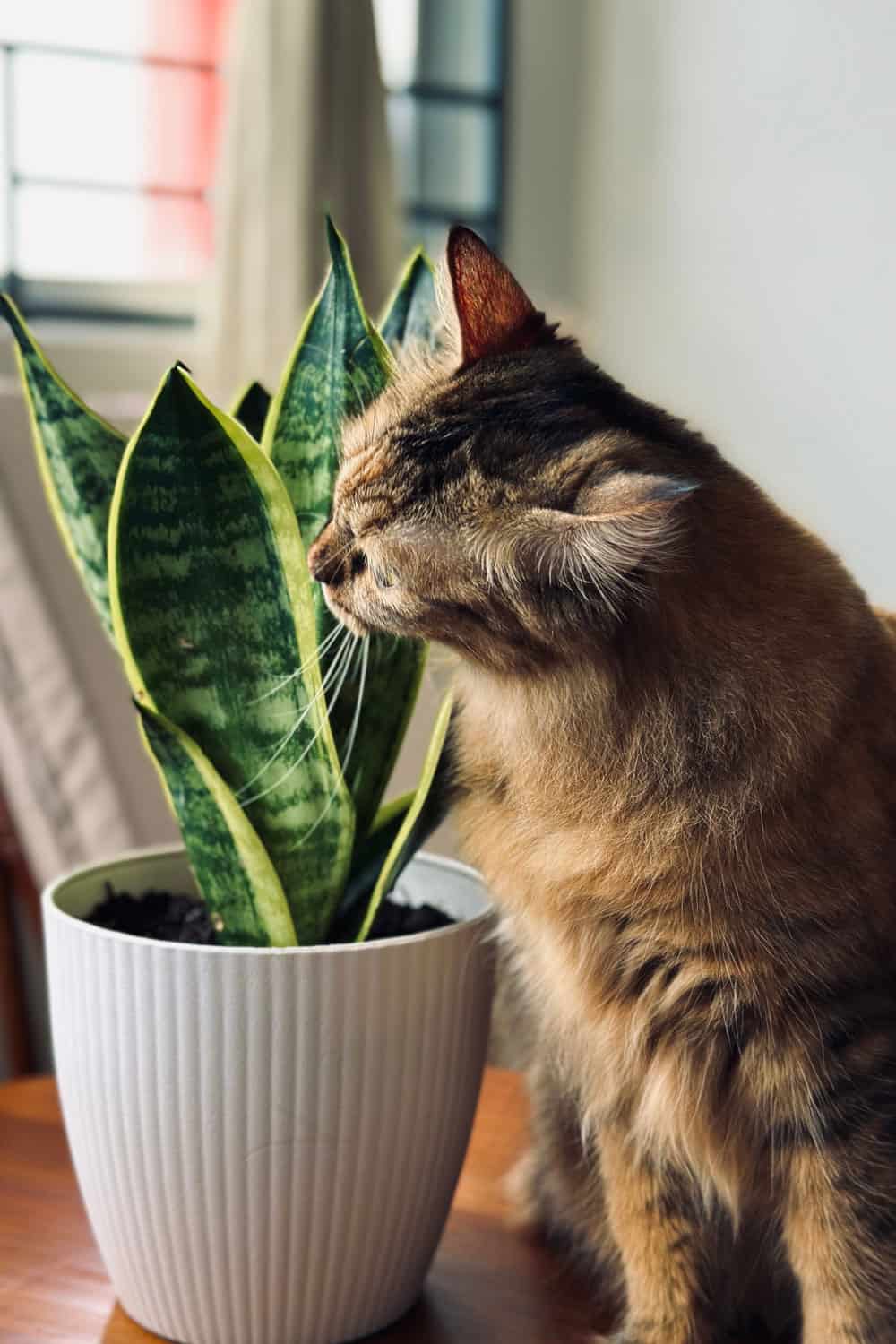
However, before incorporating these beautiful, hardy plants into your indoor oasis, it's crucial to understand how they might affect your furry companions.
Learn about snake plant toxicity, their potential dangers, and how to create a pet-friendly indoor garden for all members of your household.
What You Should Know About Snake Plants
Snake Plants, scientifically known as Dracaena Trifasciata, are native to Africa and belong to the Asparagaceae (asparagus) family.
They are appreciated for their low maintenance requirements, being able to tolerate low light conditions, and needing well-drained soil with infrequent watering.

One of the significant benefits of having Snake Plants indoors is their air-purifying capabilities.
According to the NASA Clean Air Study, they can remove toxins such as formaldehyde, benzene, and xylene from the air, although the rate of filtration may be slow.
Besides, these plants have been acknowledged for their medicinal potential, with associations with anti-diabetic, anti-tumor, anti-oxidant, and anti-microbial activities.
However, it's important to be cautious, especially for pet owners.
Snake Plants have saponins that can mildly upset pets like cats and dogs, causing symptoms like vomiting and diarrhea, but usually, it's not severe.
Are you curious about how snake plants affect cats specifically? Read our article on Are Snake Plants Toxic To Cats?
Toxicity of Snake Plant to Pets
The snake plant is indeed toxic to pets, especially to cats and dogs, due to a group of chemical compounds called saponins.
Saponins act as a natural defense mechanism in plants, helping to protect against threats like insect pests and fungal infections.
But for your furry friends, this toxin can cause unpleasant symptoms if ingested (more on this in the following section).
It's relatively common for pets to ingest indoor plants, and doing so can lead to both immediate and long-term health issues.
Symptoms of Snake Plant Poisoning in Pets
When ingested by pets, saponins can cause gastrointestinal irritation, leading to a series of symptoms.
The notable symptoms of snake plant poisoning in pets include:
- Nausea
- Vomiting
- Diarrhea
- Drooling
- Swelling of the throat and tongue
In some cases, your pet may also experience ruptured red blood cells. However, this symptom is less common.
Although snake plants are mildly toxic, most pets are unlikely to consume a large amount due to the plant's bitter taste and immediate burning sensation in the mouth.
Even so, always keep an eye on your pets and be proactive in preventing them from accessing your snake plants.
Treatment for Snake Plant Poisoning in Pets
Treatment for snake plant poisoning in pets largely depends on the symptoms exhibited.
For Dogs:
- Inducing Vomiting: If your dog hasn't thrown up after eating the plant, a vet might help the dog to vomit to get rid of any plant bits left in the stomach.
- Activated Charcoal: Administering activated charcoal can be useful to absorb any remaining toxins before they get absorbed into the body.
- Fluid Therapy: If the dog is throwing up and has diarrhea, giving fluids with electrolytes can help fix dehydration and remove the toxin from the body.
For Cats:
Similar to dogs, treatment is symptomatic. Fluids and medicines for vomiting and diarrhea may be given.
In the worst cases of vomiting and/or diarrhea, a stay at the vet's clinic may be needed.
Depending on what the vet decides, more medicines might be given.
For instance, an antiemetic might be given if your pet is vomiting uncontrollably, or medications to shield the stomach and intestinal lining may also be provided.
How To Prevent Your Pets from Eating Snake Plants
It's essential to ensure that your beloved pets are safe around the plants in your home. Let's discuss strategies to prevent your pets from coming into contact with snake plants.
Location, Location, Location!
The first step is choosing the right spot for your snake plant.
Place it in an area inaccessible to your pets, like high shelves or hanging planters, to reduce the likelihood of your furry friends munching on the toxic foliage.
For more tips on creating a safe environment for your snake plant, explore some Snake Plant Arrangement Ideas.
Distract With Safe Alternatives
Keep your pets entertained and satisfied by offering them non-toxic, pet-friendly plants to explore and chew on.
Some popular options include spider plants, Boston ferns, and peperomia.
Positive Reinforcement
Train your pets to associate staying away from the snake plant with rewards, such as treats or praise.
Consistently rewarding good behavior can make it less appealing for your pets to approach the plant.
Non-Toxic Alternatives for Snake Plants
If you want to make your home pet-friendly without sacrificing greenery, consider some non-toxic alternatives to snake plants.
Spider Plant (Chlorophytum comosum)
Spider plants are a popular choice among plant enthusiasts and pet owners alike due to their non-toxic nature. This low-maintenance plant thrives in well-drained soil and indirect sunlight.
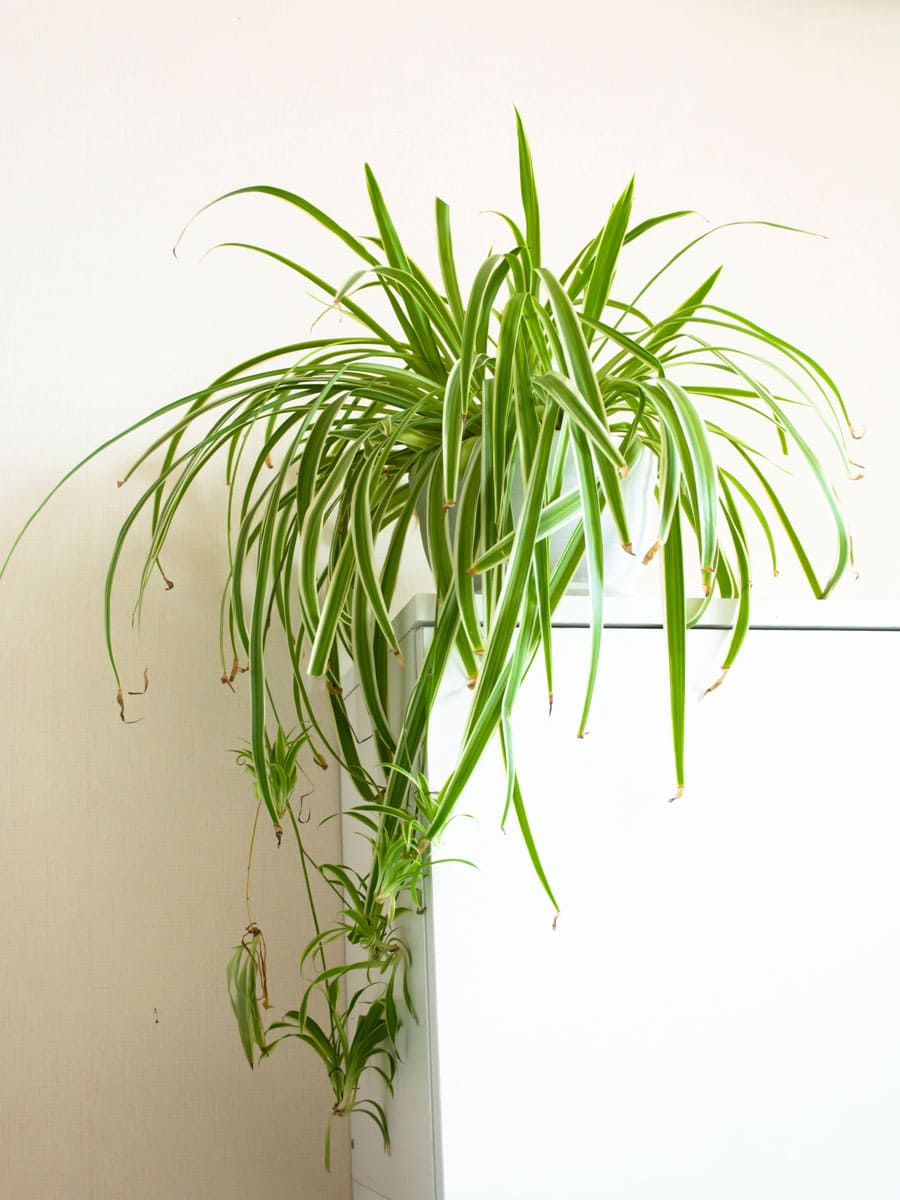
They're safe for both cats and dogs, making them a worry-free addition to your indoor garden.
Besides being pet-friendly, spider plants have been recognized for their ability to purify the air by removing formaldehyde, according to preliminary tests by NASA.
Boston Fern (Nephrolepis exaltata)
Boston ferns are another excellent, non-toxic alternative to snake plants. They are harmless to cats, dogs, and children, making them a safe choice for family households.

It grows best in areas with indirect light and prefers high humidity.
Placing it in a bathroom or kitchen can create a lush, green atmosphere without endangering your pets.
Areca Palm (Dypsis lutescens)
The areca palm is a pet-friendly plant that adds a tropical touch to your indoor space. It's an excellent air purifier and thrives in bright, indirect light.
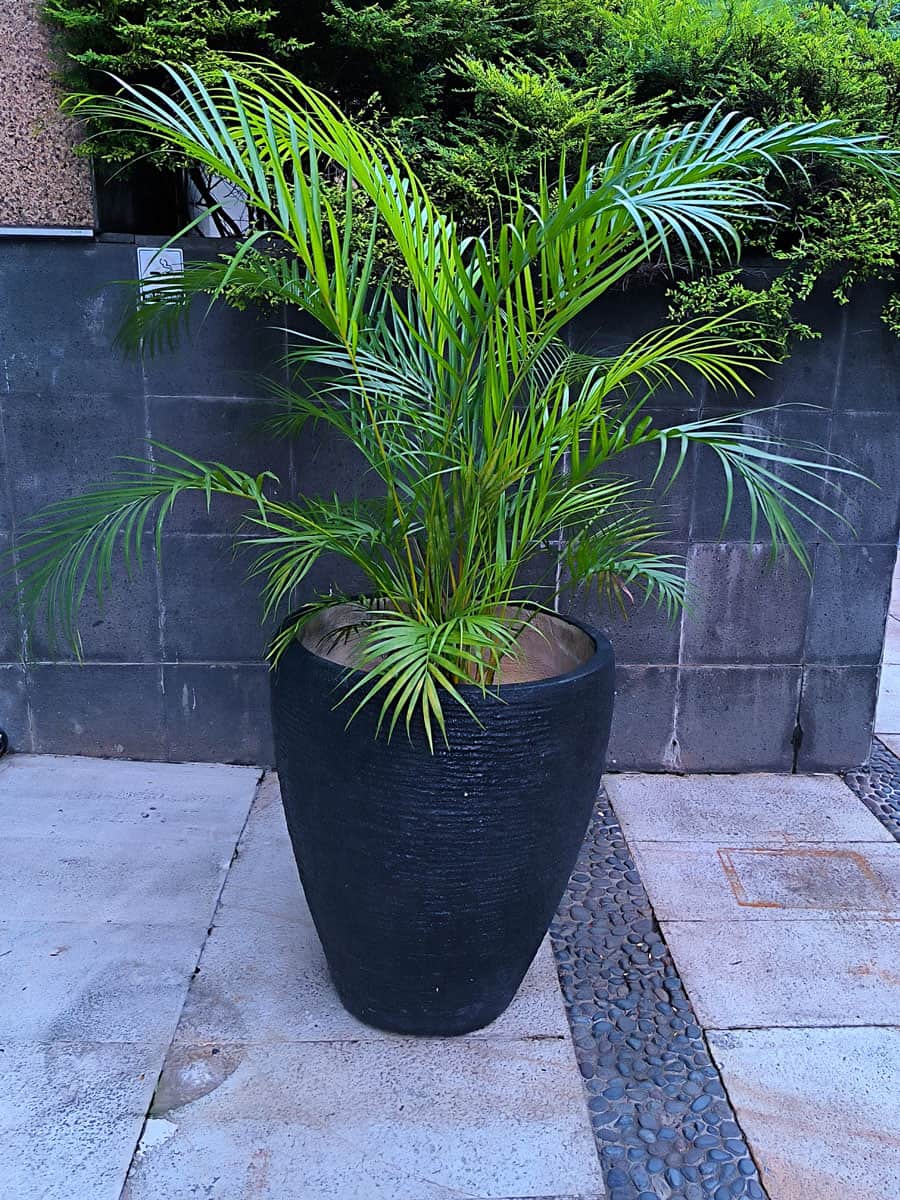
Be sure to keep the soil moist but never saturated, as overwatering can damage the plant.
Peperomia
Last but not least, the small and attractive peperomia comes in various colors and leaf shapes, providing visual interest to your space.
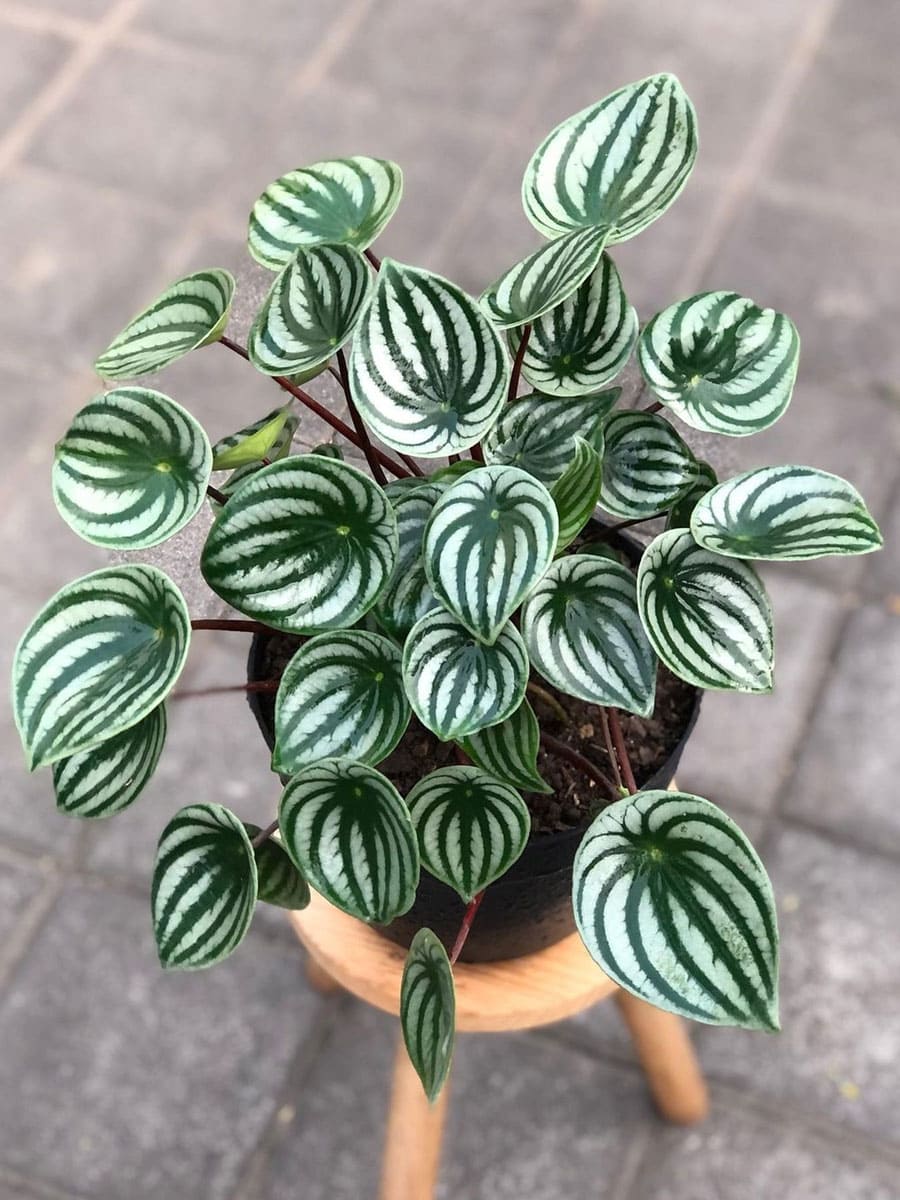
Various species of this plant, including peperomia hederifolia and peperomia obtusifolia, are confirmed to be non-toxic to both dogs and cats.
It prefers moderate light levels and can handle occasional dry spells, making it an easy-to-care-for addition to your home.
Embracing Pet-Friendly Greenery: A Safer Path to Indoor Gardening
Bringing the beauty of nature into your home can be a rewarding experience, and it doesn't have to compromise the safety of your pets.
If you're apprehensive about having your pets near a Snake Plant, choosing pet-friendly plants can be a viable option, like the ones we've shared above.
But if you're looking to be a little more creative, there are pet-friendly indoor trees for you to choose from, too!
With this, you create an inviting and safe environment for both you and your furry family members.
